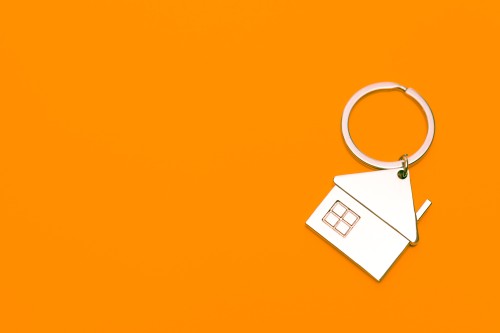How to Choose the Right Mortgage Lender
Are you considering purchasing a home in Canada? If so, choosing the right mortgage lender can be an important part of the process. With so many lenders and loan options available, it can be difficult to know which one is best for you. Here are some tips to help you make the right decision.
1. Shop Around: Don’t just settle for the first mortgage lender you come across. Shop around and compare interest rates, fees, and other loan terms to find the best deal.
2. Consider Your Credit: Your credit score can be a key factor in determining which lender you qualify for. A higher credit score can mean a lower interest rate, while a lower credit score could mean a higher interest rate.
3. Research Lender Reviews: Check out online reviews of mortgage lenders to get an understanding of the customer service and support they provide. This can help you make an informed decision.
4. Talk to a Mortgage Broker: A mortgage broker can help you compare different loan options and lenders to find the best fit for your needs.
5. Consider Specialty Lenders: If you have unique needs, such as a low down payment or a self-employed loan, specialty lenders may be able to offer you better terms.
Choosing the right mortgage lender in Canada can be a daunting task. However, by shopping around, considering your credit score, researching lender reviews, talking to a mortgage broker, and considering specialty lenders, you can make an informed decision that is right for you.










